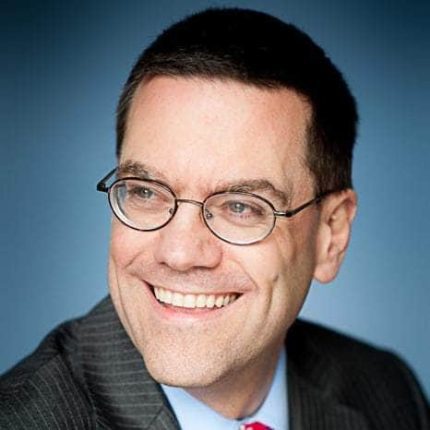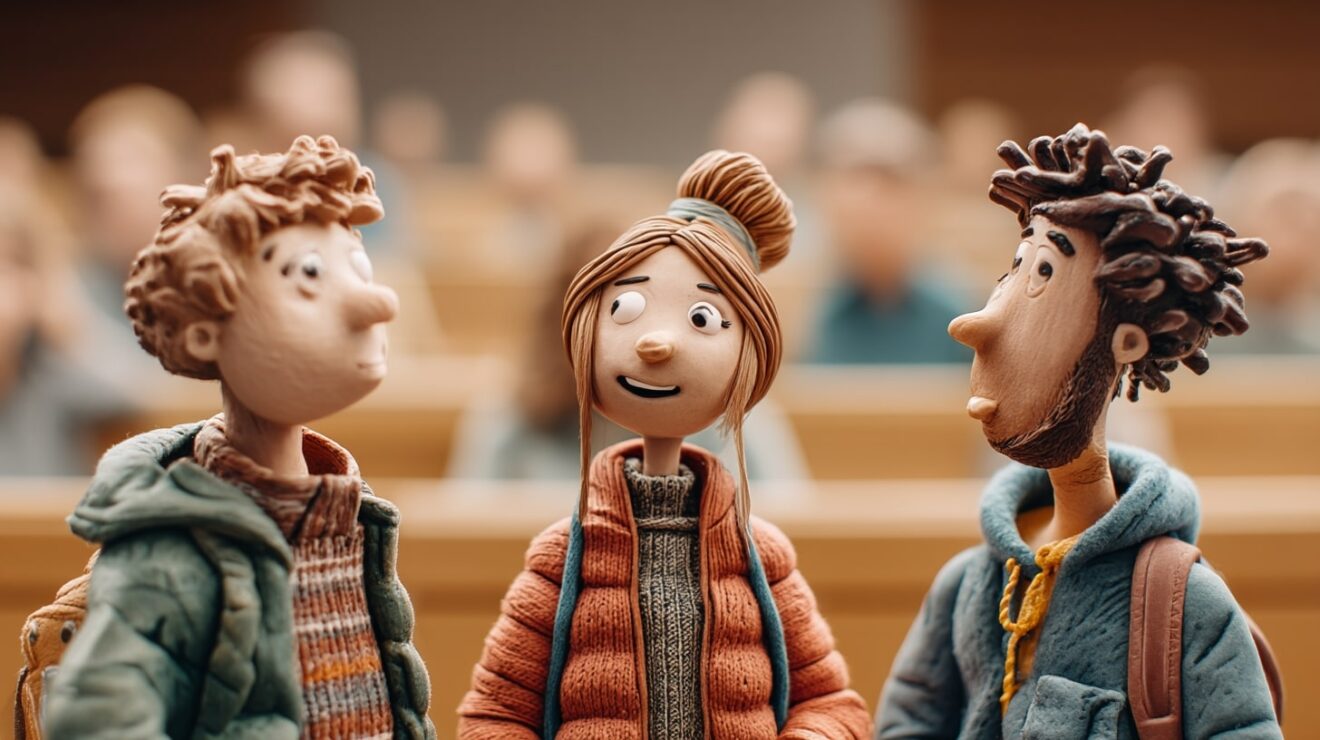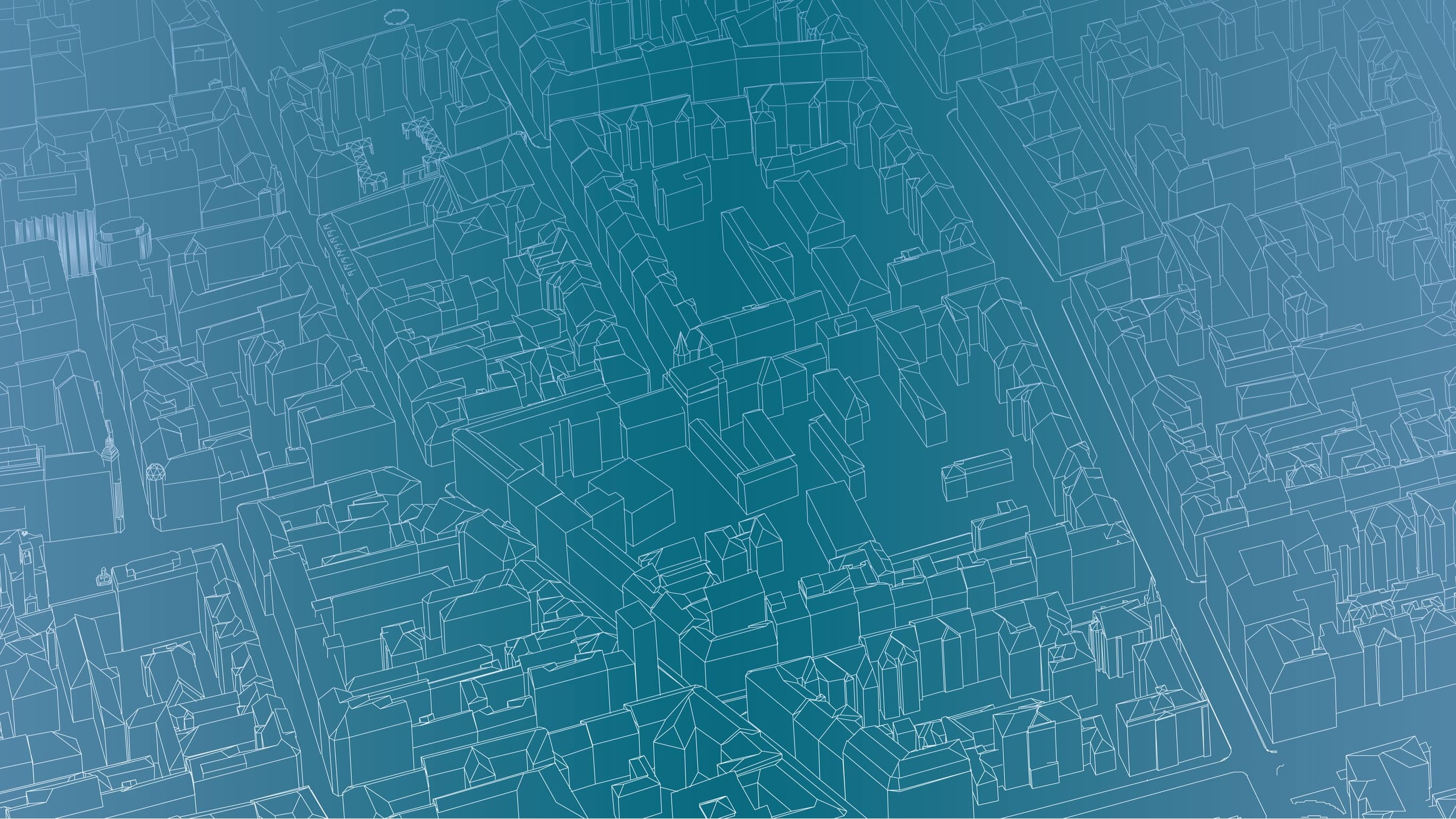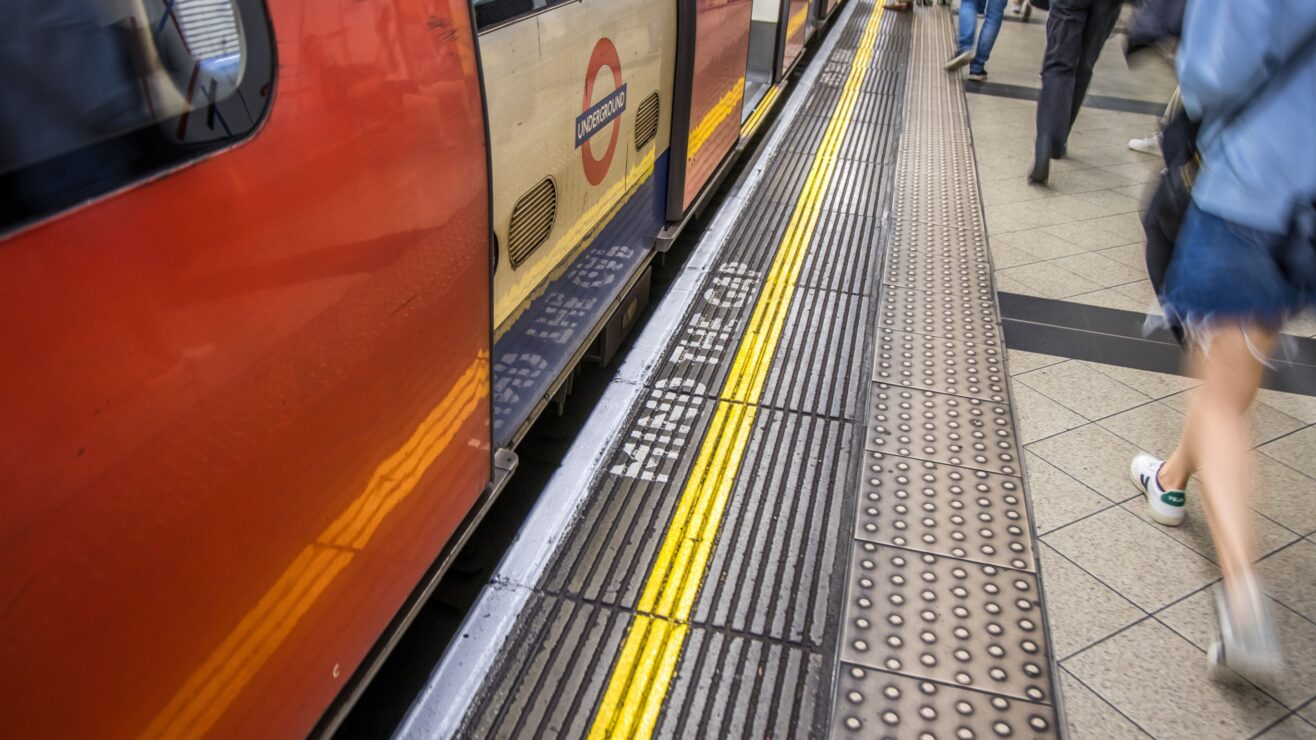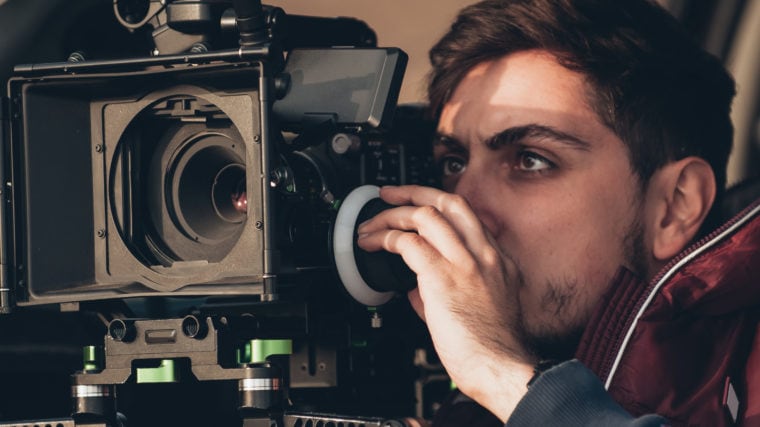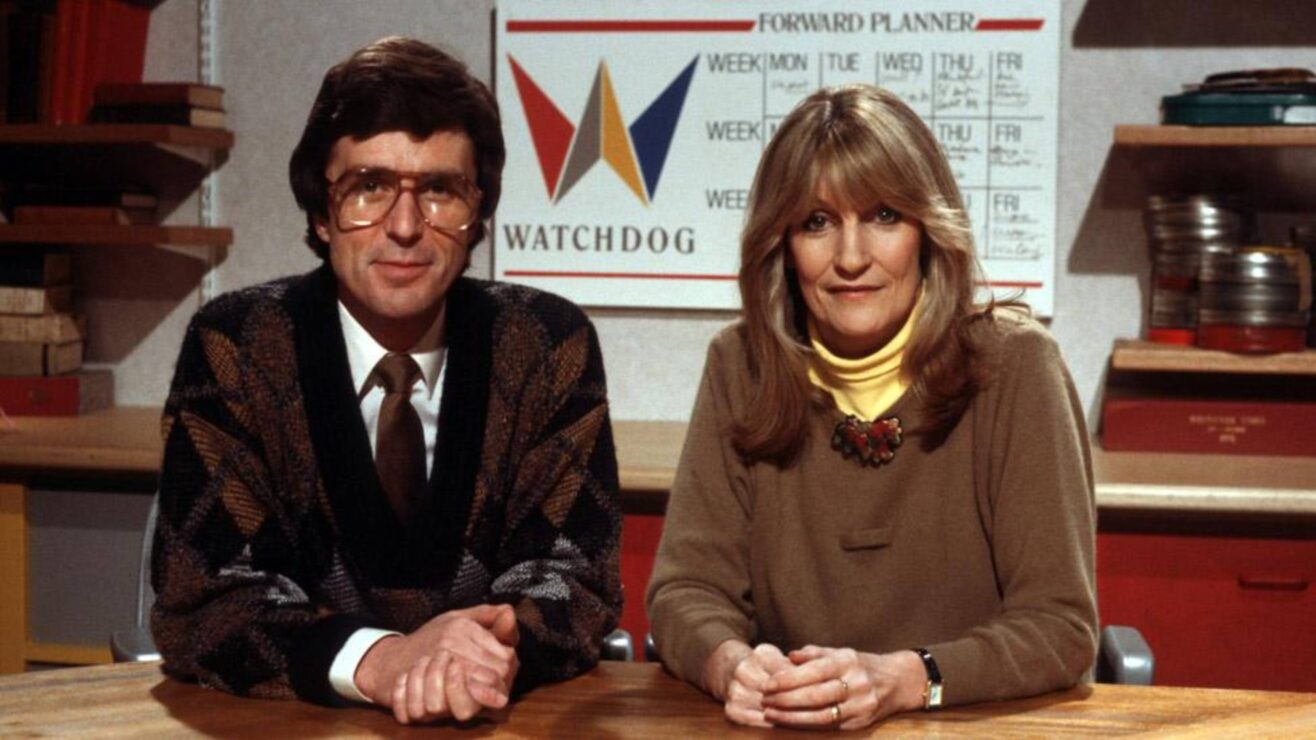Greetings from Hatfield!
This week’s blog come full of post-war scientific and technological optimism. We begin in 1944: Alan Butler, chairman of the de Havilland Aircraft Company, offered 90 acres to the Hertfordshire County Council for a technical college. De Havilland was based in Hatfield, and was one of the big names in aeronautical engineering and manufacture. (The world’s first commercial jet airliner – the de Havilland Comet – first flew in 1949. If you’d like to lament the apparent loss of Britain’s expertise and ambition, you may do so here.)
The county council accepted, and in 1949 Dr Chapman, erstwhile principal of Stafford Technical College, was appointed as the first principal of the Hatfield Technical College.
The image below and the snippet are both taken from The Sphere of 2 April 1949 and show that planning and construction were proceeding apace, and that modern, flexible, college accommodation was being built.
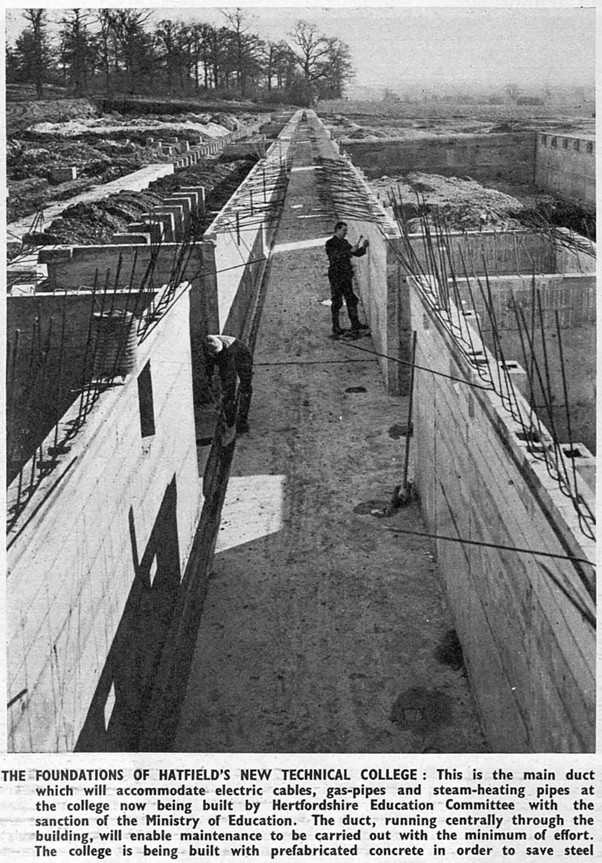

In 1952 the college opened. Formally, by the Duke of Edinburgh in December; practically, I imagine it was September for new students. And in that first year over 1,700 students enrolled. The vast majority were part-time or evening students; a small number – 55 – were full-time or on sandwich courses.
In 1956 the college offered a short course in computing – the first at the college – on “the application of computers to automation”. (The first transistorised computer had been developed at the University of Manchester only three years previously, so this was good advanced stuff.)
By the end of the decade students could not only gain technical qualifications but also degrees, via the University of London’s external system. The first such students graduated with BSc(Eng) degrees in 1958.
The 1960s saw much change and development. The college was renamed as the Hatfield College of Technology in 1960, following the government’s review of technical education. The colleges of technology were a counterpart to the colleges of advanced technology – like Aston, Bath and Brunel – which became universities in 1966. A digital computer was bought in 1962, costing more than £29,000 – almost £550k in today’s money.
By 1965 the Council for National Academic Awards (CNAA) had been established, and thirteen programmes at Hatfield College of Technology were recognised as honours degree courses. The college was well-placed to become Hatfield Polytechnic in 1969.
A campus was added in 1967, at Bayfordbury; in 1970 an observatory was built here. Also in 1070, a computer centre was opened, which was, apparently, the best equipped facility in public sector education in the country. It housed a DEC PDP-10, which is just the sort of mainframe that you see in 1970s futuristic sci-fi. And the polytechnic paid £256,500 for it, which is about £3.5 million today: this was a poly that knew how to invest.
Two local colleges of education were incorporated, in line with then policy to merge local authority provision – these were the Balls Park and Wall Hall teacher training colleges.
By 1988 the poly was one of those accredited by the CNAA, which gave it much more direct responsibility for the curriculum, quality and standards of its own degrees. This wasn’t universally done: only 21 polytechnics were so designated. It was also one of only eight polytechnics accredited for research degrees.
When polytechnics became universities in 1992, Hatfield Polytechnic became the University of Hertfordshire. The Hertfordshire College of Health Care and Nursing Studies and the Barnet College of Nursing and Midwifery were incorporated into the university in 1993.
Here are a couple of factoids about the university:
The university runs a bus company – UnoBus – which originally served to shuttle students between campuses but grew and now operates public bus services across Hertfordshire and some surrounding countries. This is a very different to the sort of companies which normally emerge from universities!
The university also hosted what is thought to be the longest exposure photograph ever. Artist Regina Valkenborgh was studying for a master’s degree at the university and installed a rudimentary pinhole camera – a beer can with photographic paper inside – on the observatory dome. Eight years later the can was retrieved. You can read more about the story here; and see the extraordinary image here.
And finally, as is now customary, here’s a jigsaw of the card. This was posted on 7 August 1957 to an address in Salies-de-Béarn, near Biarritz, France. And, very exotically and excitingly, is written in French. I don’t speak much French at all, but it looks like the sender was an exchange student staying with a family in Hatfield.

